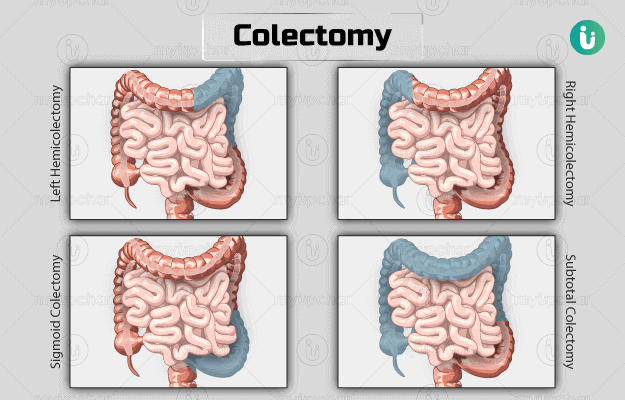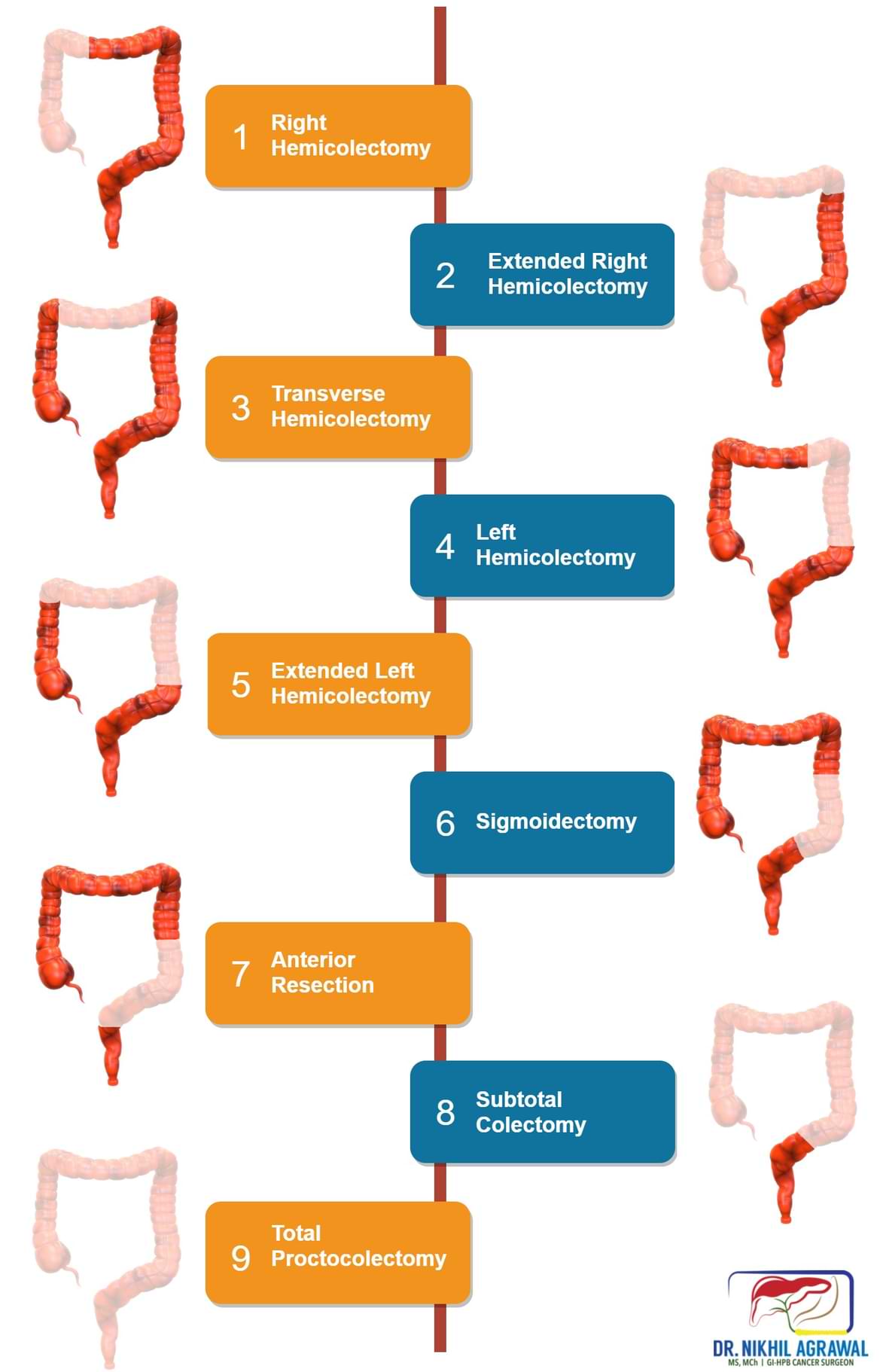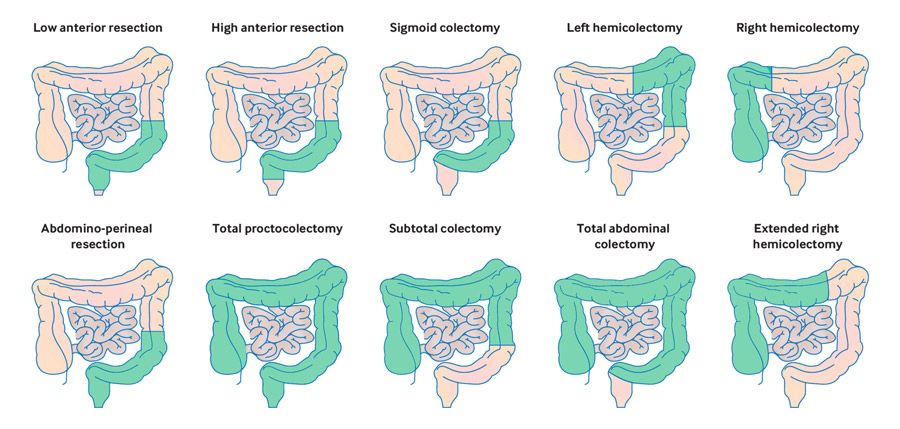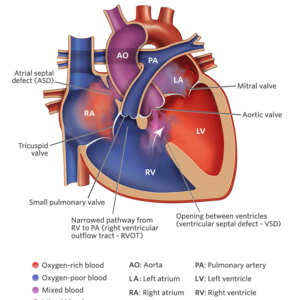Description
Familiarity with Treatment
Hemicolectomy is a surgical procedure commonly performed for the treatment of colon cancer. It involves the removal of a portion of the colon, along with nearby lymph nodes if necessary. The technique of hemicolectomy has been refined over the years and is now often performed laparoscopically, when conditions allow 1.
Procedure
During a hemicolectomy, the surgeon removes a specific portion of the colon, depending on the location of the disease or condition being treated. This can include the cecum, ascending colon, hepatic flexure, and part of the transverse colon. The procedure may involve reconnection of the remaining parts of the colon or the creation of an ostomy, which is an opening on the abdominal wall for waste elimination. The surgery can be performed using open or laparoscopic techniques 2.
Who is it Suitable For?
Hemicolectomy is suitable for individuals with conditions such as colon cancer, polyps, diverticulitis, inflammatory bowel disease, or abdominal injuries. The decision to perform a hemicolectomy is based on the specific condition and individual circumstances, and it is typically made in consultation with a healthcare provider or surgeon 3.
Who is it Not Suitable For?
Hemicolectomy may not be suitable for individuals who have contraindications to surgery or those who are unable to tolerate anesthesia. The decision to undergo a hemicolectomy is made on a case-by-case basis, considering the individual’s overall health and specific circumstances 3.
Advantages
The advantages of hemicolectomy can include:
- Treatment of conditions such as colon cancer, polyps, diverticulitis, or inflammatory bowel disease.
- Removal of the affected portion of the colon, which can help alleviate symptoms and prevent further complications.
- Potential for a cure in cases of early-stage colon cancer.
- Possibility of preserving normal bowel function, especially when the remaining parts of the colon are reconnected.
Complications
Complications of hemicolectomy can include infection, bleeding, injury to nearby organs, anastomotic leak (leakage at the reconnection site), and the development of a hernia at the incision site. However, it is important to note that complications are rare, and the overall risk is generally low 1.
Preoperative Care
Preoperative care for hemicolectomy involves a comprehensive evaluation by a healthcare provider to determine the need for surgery and the most appropriate approach. This may include medical risk reduction, diagnostic tests, and discussions about the procedure, potential risks, and expected outcomes 1.
Postoperative Care
Postoperative care for hemicolectomy includes pain management, wound care, and monitoring for any signs of complications. The recovery period can vary depending on the individual and the specific procedure performed. It is important to follow the healthcare provider’s instructions regarding diet, activity level, and any necessary follow-up appointments 4.





Reviews
There are no reviews yet.